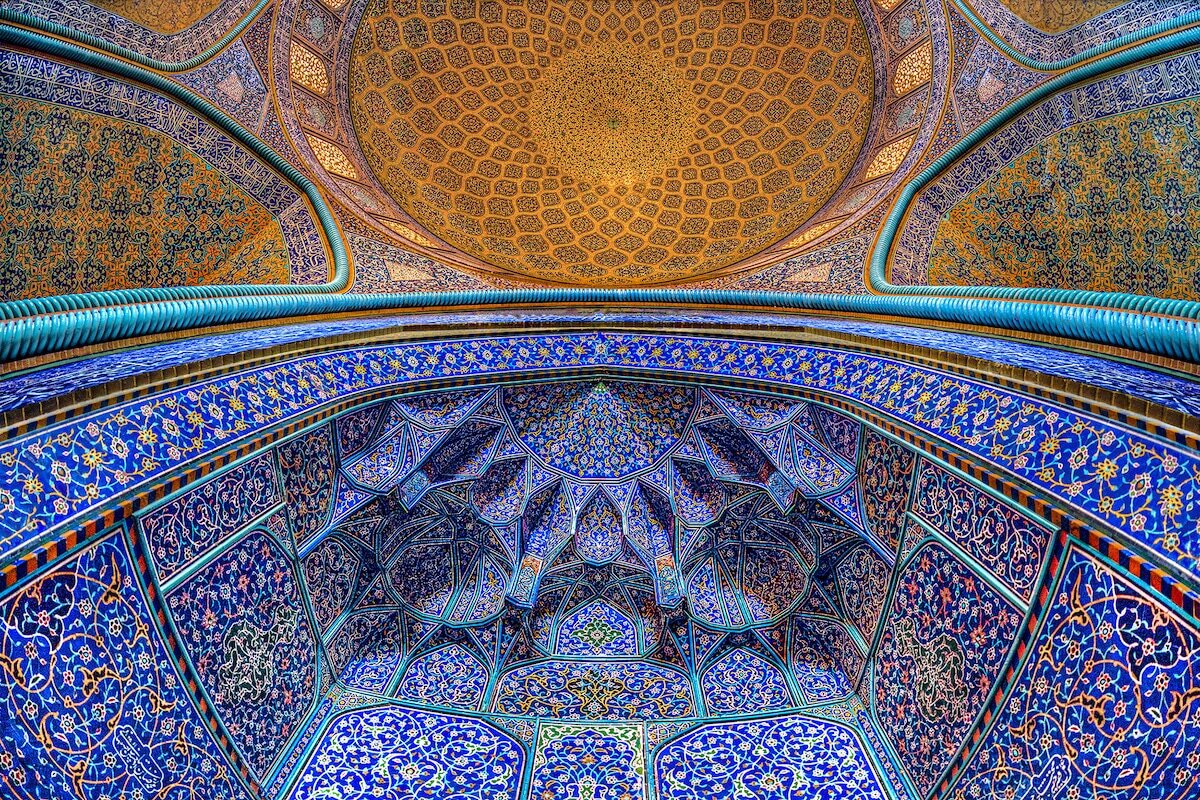Isfahan seven-color tiles earn international recognition

TEHRAN - The ancient Isfahan’s craft of creating seven-color tiles has been granted global status, recognizing its unique cultural and historical significance on an international scale.
On Tuesday, provincial director-general of Cultural Heritage, Tourism and Handicrafts announced that Isfahan’s ancient art of crafting seven-color tiles has been globally recognized.
This distinction marks the third craft from Isfahan to receive such recognition, following the earlier certifications of Enameling and Qalamkari, Amir Karamzadeh further explained.
“The successful registration process involved meticulous documentation by the provincial organizations,” the official noted.
Karamzadeh also pinpointed that comprehensive data including the craft's history, the type of artwork, and information about active workshops in the past year were gathered to strengthen the dossier.
Highlighting the global significance of this recognition, the director-general stated that it acknowledges and protects the unique cultural heritage associated with Isfahan on the world stage.
Seven-color tile making, particularly notable during the Safavid era, has been a prominent aspect of traditional Iranian architecture in Isfahan. Historic sites in Isfahan, such as the Imam Mosque and Sheikh Lotfollah Mosque in Naqsh-e Jahan Square, showcase the exquisite use of seven-color tiles.
Isfahan, often referred to as “Nesf-e-Jahan” meaning “Half the World,” is a city that epitomizes the cultural and artistic zenith of Iran. With a history that spans thousands of years, Isfahan has long been a melting pot of cultural influences and a beacon for artisans.
The handicrafts of Isfahan are diverse, incorporating techniques and materials that reflect the city's historical depth and the creativity of its artisans.
Isfahan is famous for its decorative tiles, which combine geometric and floral motifs in a vivid spectrum of colors. These tiles are a hallmark of Persian architecture and are particularly prominent in the city's mosques and historical buildings.
Isfahan’s reputation as a hub for traditional crafts was further solidified when it was designated as a UNESCO Creative City of Crafts and Folk Art. This recognition is not only a tribute to the city’s rich past but also acts as a catalyst for preserving these ancient techniques. The artisans of Isfahan, through their dedication to traditional methods and their innovation in new designs, continue to keep the city's artistic legacy vibrant and relevant in the modern world.
These crafts are more than just artistic expressions; they are integral to the cultural identity of Isfahan and serve as economic pillars for many local families. Each piece produced not only sustains the traditional knowledge of craftsmanship but also tells the story of Isfahan's historical and cultural landscape.
Leave a Comment